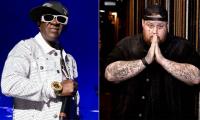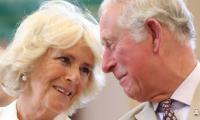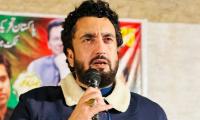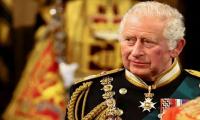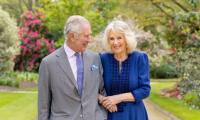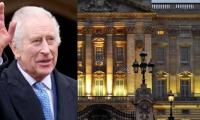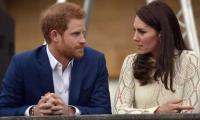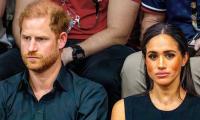LOS ANGELES, California: Ruthless, relentless and manipulative in his days as the godfather of the Tour de France peloton, Lance Armstrong, insisted that he is at peace as he settled a law suit.
Armstrong’s lawyer, Elliott Peters, said Thursday that the former cyclist had agreed to pay $5 million to end a $100 million federal fraud case stemming from his drug-fuelled reign as king of the Tour de France.
Peters also released a statement from Armstrong suggesting he wanted to turn the page.“I’m looking forward to devoting myself to the many great things in my life,” said Armstrong.
Yet he gave a glimpse of his famous combativeness as he added: “While I believe that their lawsuit against me was without merit and unfair, I have since 2013 tried to take full responsibility for my mistakes.”It was a mea culpa unimaginable a few years ago when Armstrong ruled the Tour with a will and a stare of steel. At 46, he is presenting a different face.
Armstrong rise in cycling was all the more remarkable because doctors had given the promising youngster, already a world champion, a less than 50 percent chance of survival, when he was diagnosed in 1996 with testicular cancer that had spread to his lungs and brain.
He persevered through surgery and chemotherapy and returned to the Tour as a changed rider in 1999, winning by more than seven-and-a-half minutes.Previously Armstrong had struggled on the big mountains, now he sustained a mind-boggling pedal cadence on the toughest climbs and developed phenomenal power in time trials.
That recipe brought six more triumphs and a host of suspicions that he dismissed with haughty disdain.
The Lance Armstrong Foundation, created in 1997 to fight cancer, had raised more than $500 million by 2013.He dated rock star Sheryl Crow, drove the pace car at the Indianapolis 500, was pals with presidents and talked of running for Governor in Texas, his home state.
Armstrong ended his domination of the Tour himself, retiring after the 2005 victory. His return, to finish third, in 2009, created a media frenzy unprecedented in cycling. By then the wheels were coming off.
During his career Armstrong had passed nearly every doping test, being excused a low level of banned corticoids in 1997, and survived scrutiny from the French authorities and links with banned Italian doctor Michele Ferrari.
But the flow of accusations, from European journalists and former team mates, increased in volume and strength.French newspaper L’Equipe reported that urine samples from the 1999 Tour that were later re-tested were positive for the blood-booster EPO.
Former team-mate Frankie Andreu and his wife, Betsy, testified in court that Armstrong told doctors during his cancer treatment that he had taken steroids and other performance enhancers.
In 2012, Armstrong’s seven Tour titles were taken away.The US Anti-Doping Agency published a damning report that said Armstrong was at the heart of “the most sophisticated, professionalized and successful doping program that sport has ever seen.”
“He was not just a part of the doping culture on his team,” said USADA. “He enforced and re-enforced it.”The next year, Armstrong, gave a tearful interview to American chat show host Oprah Winfrey in which he admitted that his career was “one big lie.”
Spain's Rafael Nadal. — AFP File PARIS: Former world number one Rafael Nadal is unlikely to be seeded at next...
French President Emmanuel Macron shoots to score a goal from the penalty spot in the Varieties Club charity football...
Juventus and Milan face off in fight for second place. — AFP FileMILAN: Juventus v AC Milan is traditionally one of...
Mohsin Naqvi during a meeting in this picture on November 12, 2023. — X/@GovtofPunjabPK LAHORE: In response to the...
The Pakistan Cricket Board chairman Mohsin Naqvi on Thursday held a meeting with the New Zealand Cricket Chief...
Pakistan Women's Cricket team skipper Bismah Maroof. — AFP/FileKARACHI: The former Pakistan Women’s skipper Bismah...
